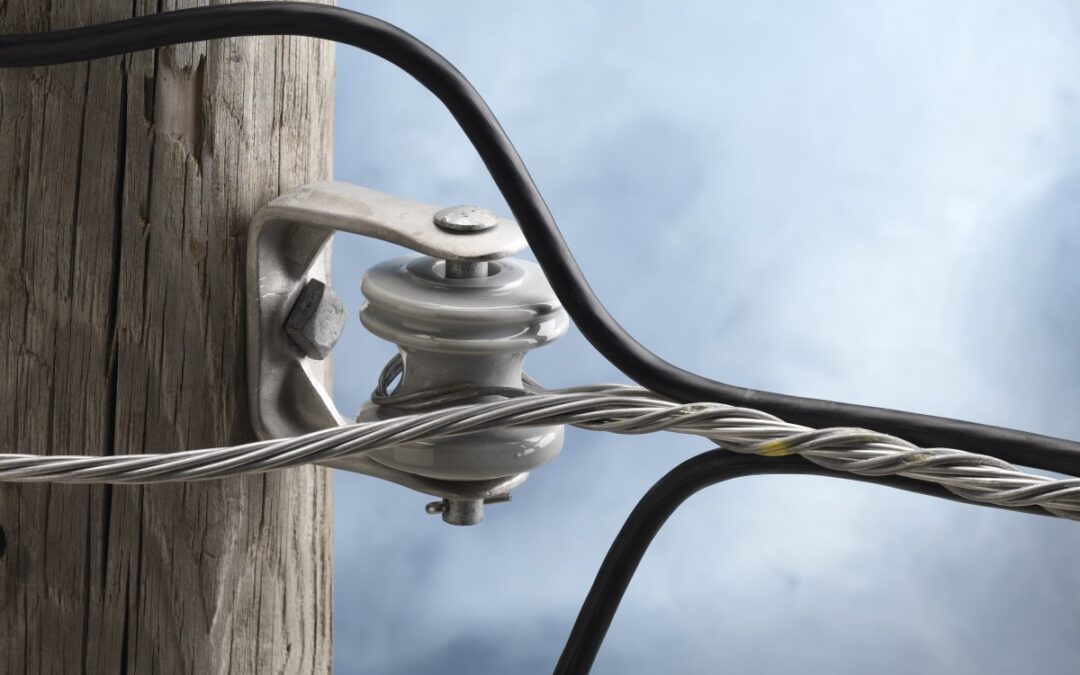A preformed tension clamp is used on the power lines to provide mechanical support and tensioning of conductors. It is designed for use in overhead power transmission and distribution systems. They secure and support the conductor in a tense position. The clamps are made of high-strength materials such as aluminum alloy or steel with specific contours and shapes to accommodate the conductor and provide a secure grip. The design allows for adjusting and controlling the tension applied to the conductor. The claps also help prevent excessive sagging and vibration or movement of the conductor due to external factors.
Components of the preformed tension clamp
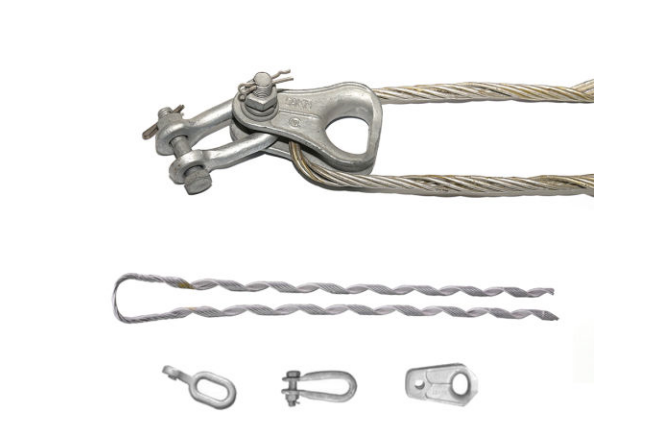
The specific components and their arrangement vary between different manufacturers and designs of preformed tension clamps. The components work together to secure and support the conductor on the power lines. The design and components may also vary depending on the manufacturer and application. The following are the components of the preformed tension clamps.
- Gripping elements – These are the features that directly engage with the conductor to provide a secure grip. Gripping elements can be in the form of serrated jaws, wedges or other structures designed to hold the conductor firmly in place.
- Clamp body – The clamp body serves as the main structure that houses the gripping elements and provides support. It is made of durable and corrosion-resistant materials like aluminum alloy or steel.
- Fastening fittings – Preformed tension clamps work with bolts and nuts to secure the clamp body and provide tension adjustment.
- Tensioning device – The device allows for adjusting and controlling the tension applied to the conductor. It includes components like a threaded rod, turnbuckle and other tensioning elements to facilitate the desired tensioning of the conductor.
- Spacer plates – Spacer plates provide separation and insulation between the clamp body and the conductor. They prevent electrical contact or galvanic corrosion between the clamp and the conductor.
- Coatings – Protective coatings enhance durability and resistance to corrosion and prolong the lifespan of the clamp.
Types of the preformed tension clamps
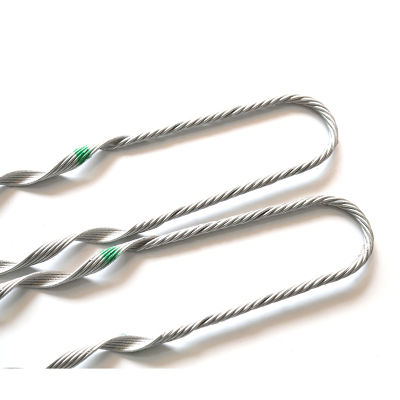
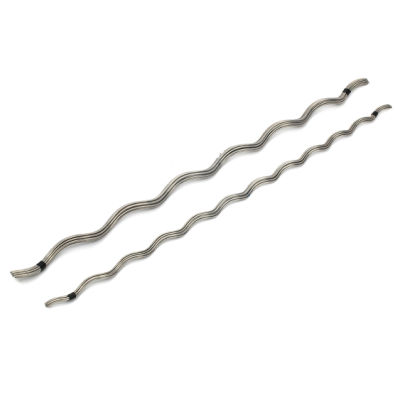

The types of preformed tension clamps vary in design, materials and specific applications. Choosing the preformed tension clamp depends on a number of factors like conductor size, tension requirements, environmental conditions and specific installation requirements. The different designs and specifications allow them to be applicable in various applications in the overhead power lines. the following are the common types of preformed tension clamps.
- Dead-end clamps – Dead-end clamps are also used to secure the conductor at the termination points of power lines. they install where the conductor ends or where it is attached to insulators, poles or other supporting structures.
- Suspension clamps – Suspension clamps support the weight of the overhead conductors in transmission and distribution lines. they install at the suspension points along the power line to maintain the desired tension and prevent excessive sagging.
- Mid-span clamps – The clamps provide additional support and tension control at the intermediate points along long spans of power lines. they reduce excessive sagging and ensure the proper tension distribution along the conductor.
- Strain clamps – The strain clamps provide tension and anchor the conductor. They also absorb the mechanical forces generated by the tension in the conductor and maintain its position.
- Guy wire clamps – Guy wire clamps have a design that secures the guy wires used to support power line structures like poles or towers. They provide tension and stability to the guy wires thus ensuring proper alignment and support for the power line infrastructure.
- Armor rod clamps – These are also known as vibration dampers used to reduce the vibration and oscillation of conductors caused by wind or other dynamic forces.
Applications of preformed tension clamps
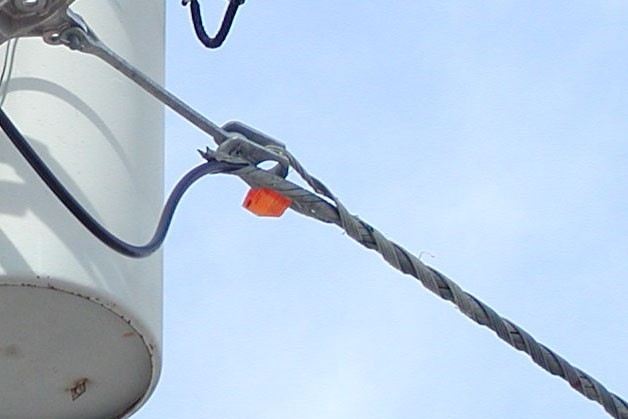
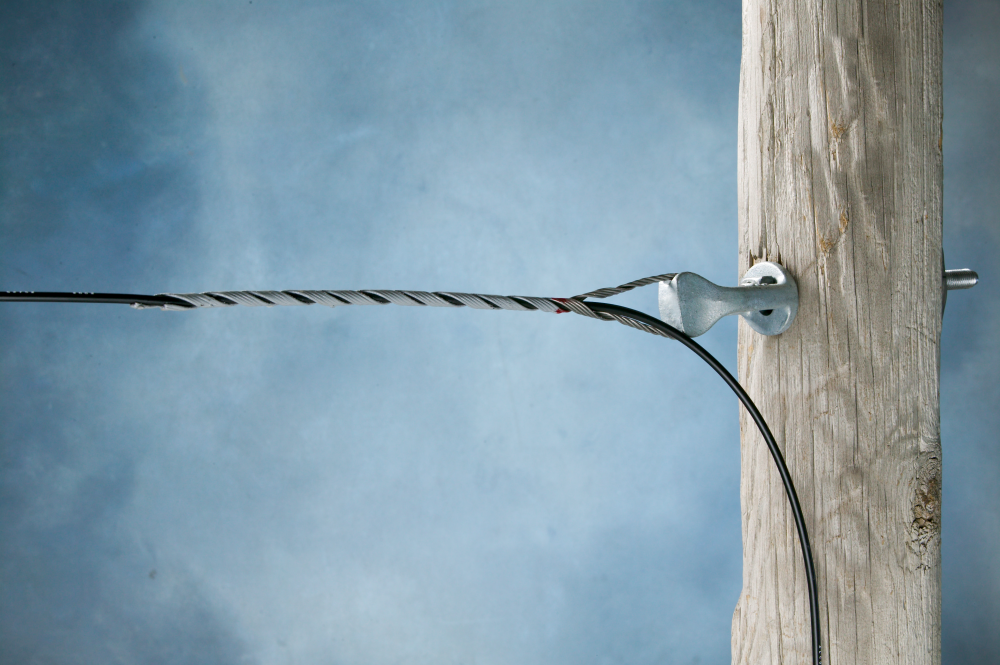
The specific application of preformed tension clamps varies depending on the type of power line, voltage level, conductor size, environmental conditions among other factors. Industry professionals can provide more precise guidance on the appropriate use of preformed tension clamps in specific applications. The following are the applications of the preformed tension clamps.
- Guy wires – Tension clamps ensure proper tensioning of the guy wires, maintaining structural stability and preventing excessive movement or swaying.
- Overhead transmission lines – Preformed tension clamps help to support and tension the conductors on the overhead transmission lines.
- Railway electrification – Preformed tension clamps are used to secure and tension the overhead or contact wires. They provide the necessary support and tension to ensure continuous and reliable power supply to electric trains.
- Substation installations – Preformed tension clamps work in substation installations to support and tension the conductors connecting different components of the electrical grid. They also maintain proper tension in the cables or busbars.
- Communication lines – The clamps also work in installations such as fiber optic cables or telephone lines. they assist in securing and tensioning the communication cables and ensure reliable transmission of signals over long distances.
- Distribution lines – The clamps deliver electricity to residential, commercial and industrial areas to secure and support conductors. This provides the necessary tension for efficient power distribution.
Installation of the preformed tension clamps

Some of the manufacturers in the market offer installation instructions for the preformed tension clamps. They may include additional steps or considerations specific to the particular clamp design. It is essential to ensure a safe and reliable installation of preformed tension clamps on power lines. Below is a step-by-step installation process of the preformed tension clamps.
- Site survey
Conduct a site survey to assess the power line which determines the appropriate locations for the tension clamps. They also ensure that all the necessary tools and equipment are available. - Prepare the conductor
Ensure the conductor is clean and free from any debris or contaminants that could affect the grip of the tension clamp. - Position the tension clamp
Position the tension clamp at the desired location on the conductor which will depend on the application and design requirements. - Align the gripping elements
Align the gripping elements of the tension clamp with the conductor and ensure they are positioned correctly and in contact with the conductor’s surface. - Apply tension
Apply the needed tension to the conductor by adjusting the tensioning device or mechanism if provided. - Secure the clamp
Secure the tension clamp to the conductor using the provided bolts, nuts and others to ensure the clamp is tight. - Inspection
Conduct a visual inspection of the installed tension clamp to ensure that it is properly aligned, securely fastened and free from defects or damages. - Repeat for additional clamps
This includes areas where multiple tensions are required along the power line. Repeat the above steps for each clamp to ensure proper spacing and tension distribution.
Choosing the best preformed tension clamp for power line applications
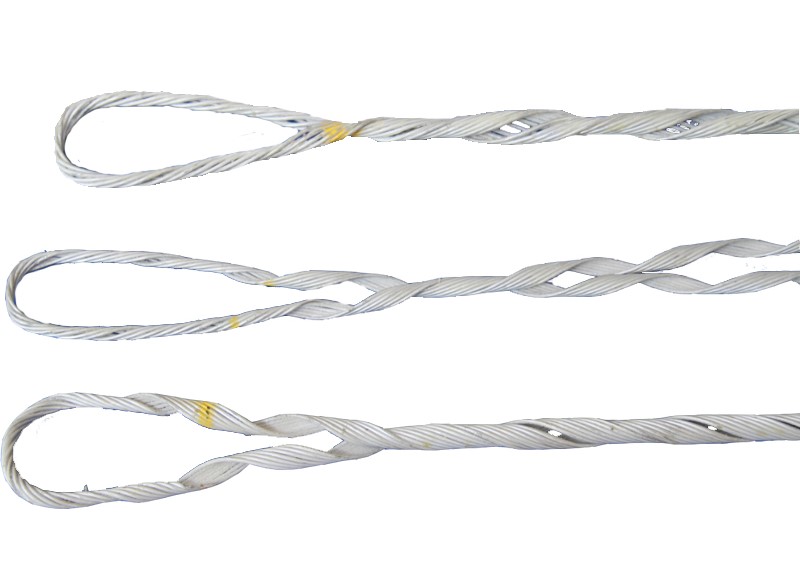
It is recommended to consult with electrical engineers or power designers who have experience in power line installations. They provide specific guidance based on the requirements and conditions of your power line project. There are various factors to consider to help make an informed decision as detailed below.
- Application and line design
Consider the specific application and line design requirements and determine whether the tension clamp is needed for suspension points, dead ends, mid spans and other specific locations. - Conductor type and size
Different clamps are designed for specific conductor types and sizes. Consider this and ensure they are compatible with the conductor you are working with. - Material and corrosion resistance
Assess the material of the tension clamp to consider the corrosion resistance properties of the material. This is especially when working in environments with harsh conditions. - Tensioning and load capacity
Evaluate the tensioning and load capacity of the tension clamp and consider the required tensioning type for the conductor. This helps to verify that the clamp matches or exceeds the expected loads and stresses experienced by the power line. - Compliance with standards
Consider the relevant industry standards, regulations and codes for using the preformed tension clamps. This is important for safety, reliability and compatibility with the power grid infrastructure. - Manufacturer
This checks on quality, reliability and customer support for each manufacturer. Consider the availability of technical documentation, installation guidelines and access to manufacturer support. - Cost and budget
Cost-effectiveness of the tension clamp should be considered to ensure quality, performance and durability. Compare prices and features from different manufacturers.
FAQs
This is a type of clamp used to provide mechanical support and tensioning of conductors. It works on overhead power transmission and distribution systems.
Suspension clamps
Strain clamps
Dead-end clamps
Guy wire clamps
Armor rod clamps
Mid-span clamps
Easy and efficient installation
Reliable conductor gripping
Tension control
Mechanical support
Versatility and adaptability
Corrosion resistance
Compliance with standards
High initial costs
Design limitations with compatibility
Designed for specific conductor types and sizes
Installation techniques and consideration
Limited adjustability
Frequent inspection and maintenance

